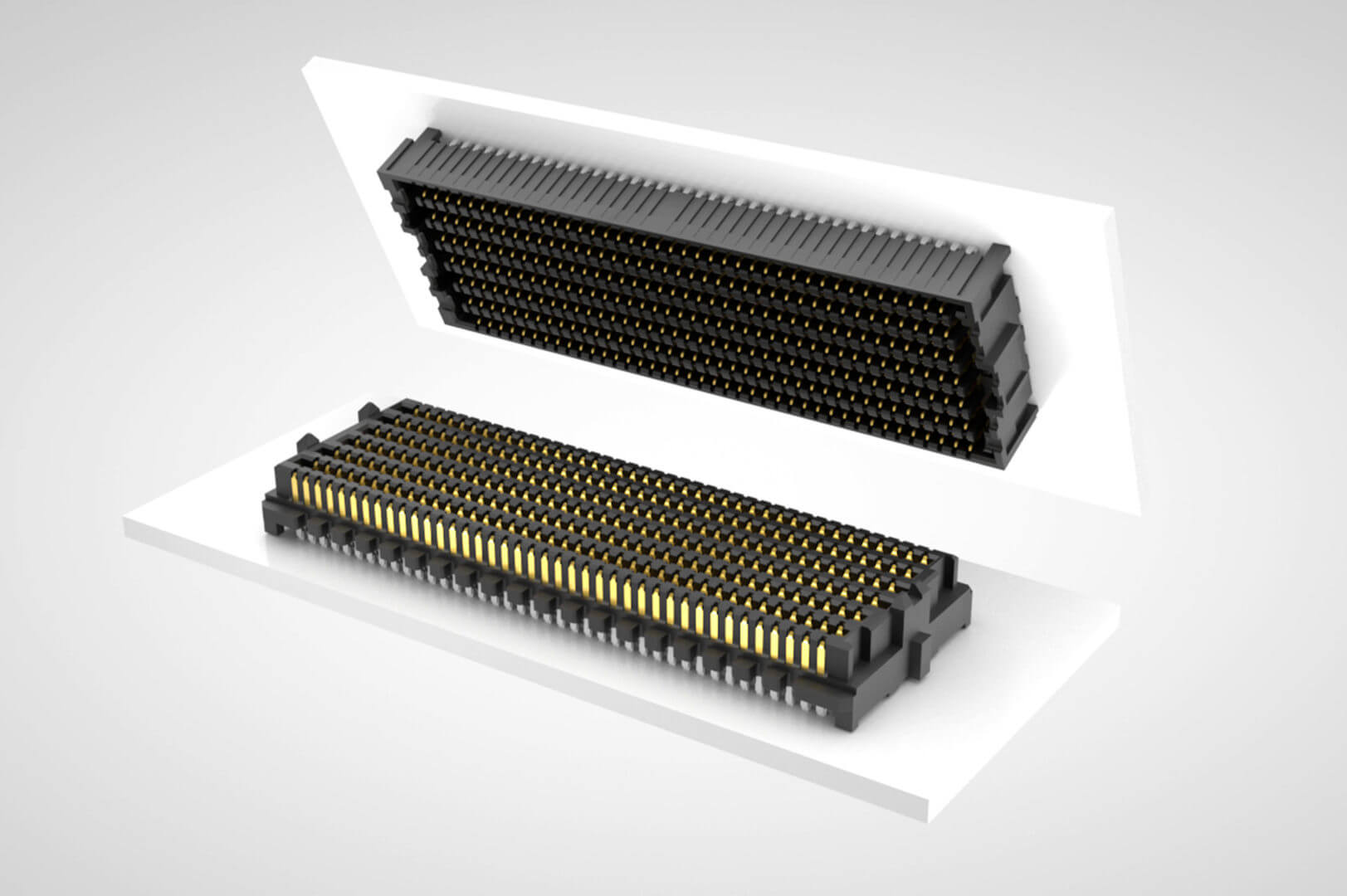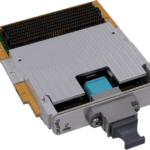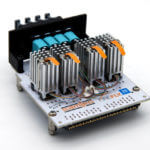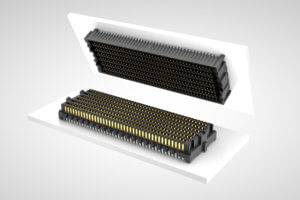
Regular readers of the Samtec blog are keenly aware of VITA 57 FMC and FMC+ solutions Samtec offers. For more than 10 years, this standard has defined the interface between FPGAs and various expansion modules in a growing number of applications.
As FMC/FMC+ leverages open platforms and standards, developers are working to further the adaptation of FPGA technologies in applications ranging from datacom/telecom and broadcast video to instrumentation, aerospace and defense.
More and more solutions leveraging VITA 57 FMC/FMC+ are coming to market. Typical VITA 57 products include:
- FMC/FMC+ daughter cards/modules
- FPGA-based development boards with provisions for FMC/FMC+ expansion
- FPGA-based networking cards with provisions for FMC/FMC+ and optical interfaces
- FPGA-based characterization platforms with provisions for FMC/FMC+ expansion
- Embedded systems such as networking development bridge cards
Analog Devices AD-FMCDAQ2-EBZ Evaluation Board
Analog Devices has been a long time user of VITA 57 solutions. They have created an entire ecosystem of ADC and DAC evaluation platforms based on FMC and FMC+ modules.
One of their latest solutions leveraging FMC is the AD-FMCDAQ2-EBZ Evaluation Board. This new data acquisition FMC is comprised of the AD9680 dual, 14-bit, 1.0 GSPS, JESD204B ADC, the AD9144 quad, 16-bit, 2.8 GSPS, JESD204B DAC, the AD9523-1 14-output, 1GHz clock, and power management components.
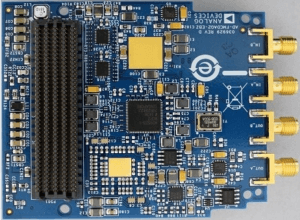
It is clocked by an internally generated carrier platform via the FMC connector, comprising a completely self-contained data acquisition and signal synthesis prototyping platform. In an FMC footprint (84 mm × 69 mm), the module’s combination of wideband data conversion, clocking, and power closely approximates real-world hardware and software for system prototyping and design, with no compromise in signal chain performance.
Samtec VITA 57 FMC Connector Options
The VITA 57.1 FMC specification defines two connectors. The first is High Pin Count (HPC) while the second is Low Pin Count (LPC). HPC connectors provide 160 user-defined, single-ended signals (or 80 user-defined differential pairs), 10 serial transceiver pairs and additional clocks. The LPC connectors provide 68 user-defined, single-ended signals (or 34 user-defined differential pairs).
HPC and LPC use the same mechanical connector body – the only difference is which signals are actually populated. Thus, cards with LPC connectors can be plugged into HPC sites, and if properly designed, HPC ards can offer a subset of functionality when plugged into an LPC site.
For more information, please contact our technical experts at [email protected] or visit www.samtec.com/fmc.
